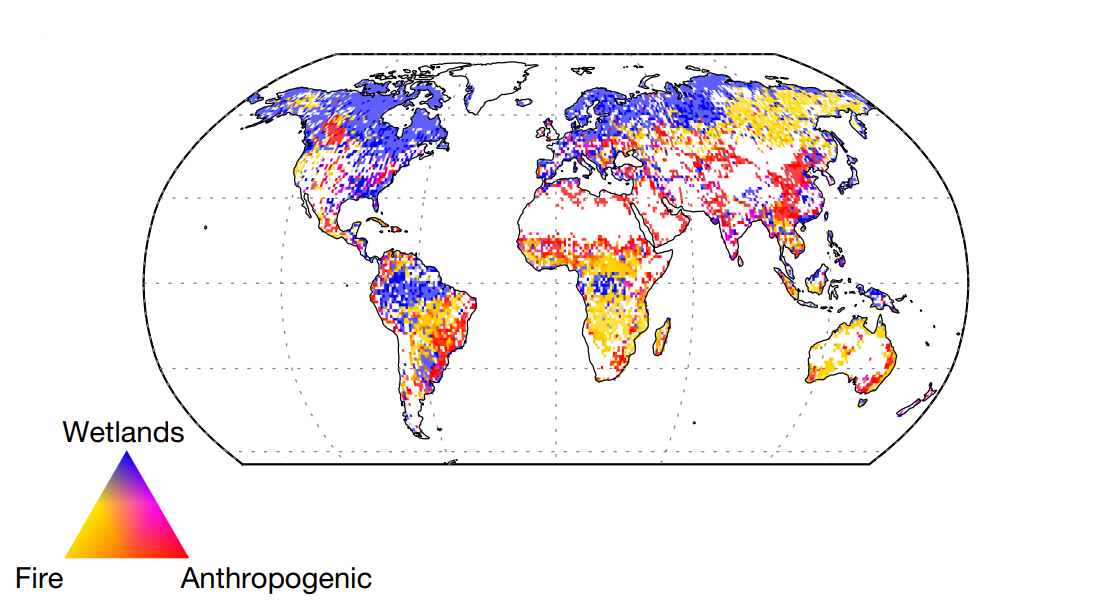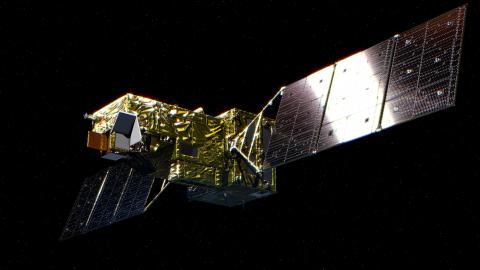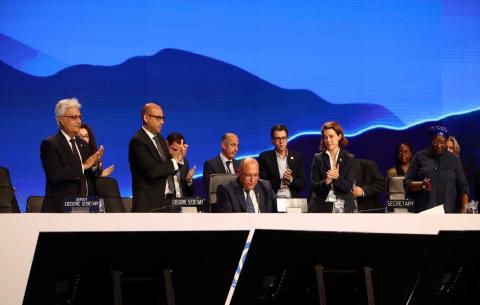Reactions to methane growth in the atmosphere in 2020 despite pandemic containment
Although in 2020 the covid-19 pandemic caused confinement and economic paralysis in many countries, the rate of methane growth in the atmosphere peaked, reaching the highest level since 1984. Research published in Nature claims that the main source would be the warmer, wetter wetlands of the northern hemisphere.

Spatial distribution of methane emission sources (wetlands, fire and anthropogenic). Author: Shushi Peng et al. Nature.
Pep Canadell - metano EN
Pep Canadell
Executive Director of the Global Carbon Project and Senior Research Fellow at the CSIRO Climate Science Centre in Canberra, Australia
This study demonstrates the high level of planetary disruption due to climate change, now with a possible new global warming feedback mechanism that few studies have previously shown to be of great importance: a growth in methane emissions due to increased precipitation in marshy areas of the tropics and higher temperatures in cold boreal areas, including those with permafrost.
What we don't need now is the discovery of new planetary feedback mechanisms that could accelerate global warming.
María José Sanz - metano EN
María José Sanz
Scientific Director of the BC3 Basque Centre for Climate Change
This article published in the journal Nature highlights the importance of systematic observation of greenhouse gases and atmospheric pollutants at the global level. This allows us to observe the oscillations of methane and other compounds in the atmosphere simultaneously and try to infer what causes them.
This study demonstrates that the behaviour of methane, one of the most potent greenhouse gases, is complex and depends on multiple factors that condition its anthropogenic and natural emissions and sinks. Changes in these factors can result in a priori contradictory changes if the relationships between these factors are not considered.
In this case, despite the reduction in anthropogenic methane emissions, concentrations increased in the atmosphere due to the decrease in air pollution during the covid-19 pandemic, which reduced the methane sink capacity of the atmosphere, and the increase in natural emissions from wetlands due to the exceptional temperatures in 2020.
Ernesto Rodríguez - metano EN
Ernesto Rodríguez Camino
Senior State Meteorologist and president of Spanish Meteorological Association
Methane is a greenhouse gas that contributes about one-fifth of the observed global warming. Although its concentration is much lower than that of CO2 in the atmosphere, its higher warming potential makes its contribution to global warming significant.
Analysis of the peak in the rate of growth of its concentration, as well as its sources and sinks from both natural sources and human activities, in the year 2020 - despite the covid-19-related halt in industrial activities and the consequent decrease in the use of fossil fuels - has determined that methane emissions are very sensitive not only to human activities but also to climatic characteristics. For example, a warmer and wetter year favours methane emissions from wetlands.
Climate models used to estimate the evolution of climate, including the warming associated with our greenhouse gas emissions, include approximations and assumptions about our future greenhouse gas emissions. The result of this work shows us the need to better understand methane emissions from wetlands and their relationship to climate conditions.
Possibly in the near future it will be considered to increase the complexity of climate models with an additional coupling between methane emissions and climate conditions. Moreover, this dependence of methane emissions on climatic characteristics (higher temperature and rainfall, higher emissions from wetlands) may be the origin of a positive feedback mechanism in the climate system that has not been considered so far and may lead to an increase in our estimates of future global warming.
Shushi Peng et al.
- Research article
- Peer reviewed



